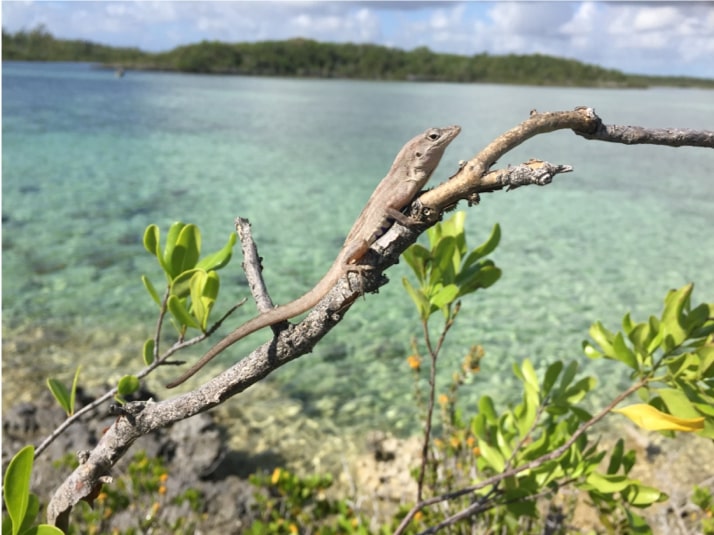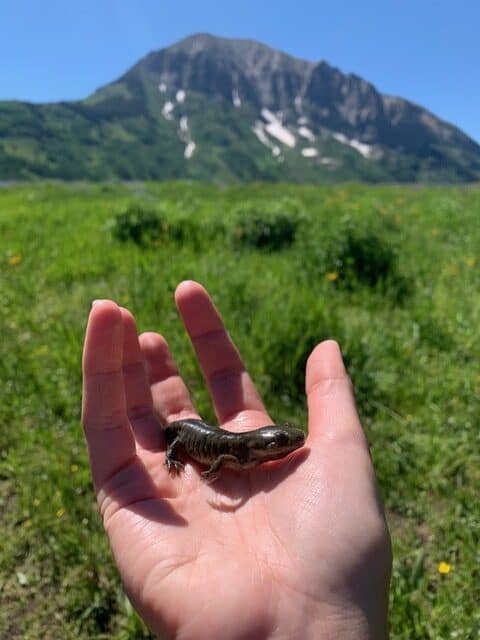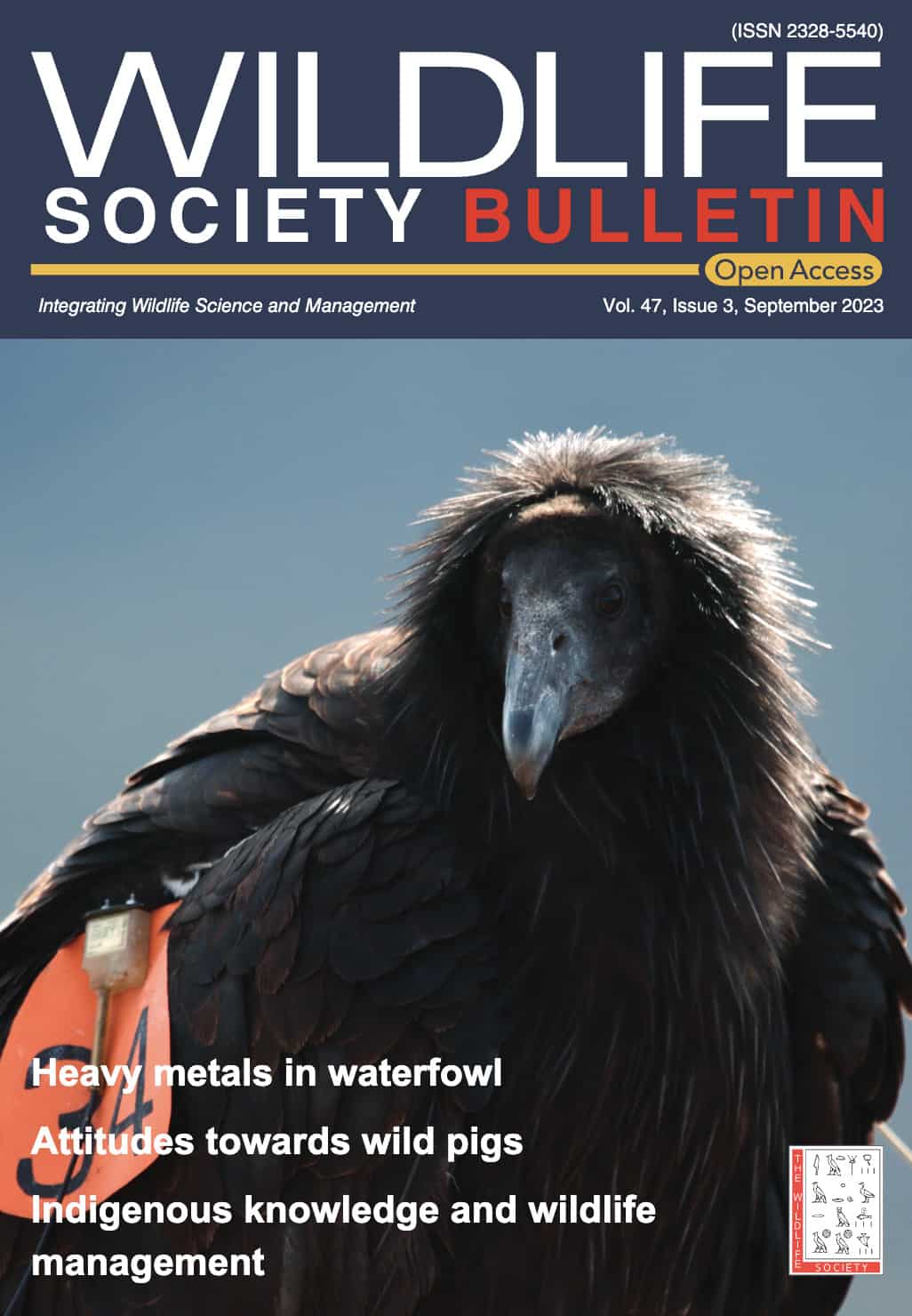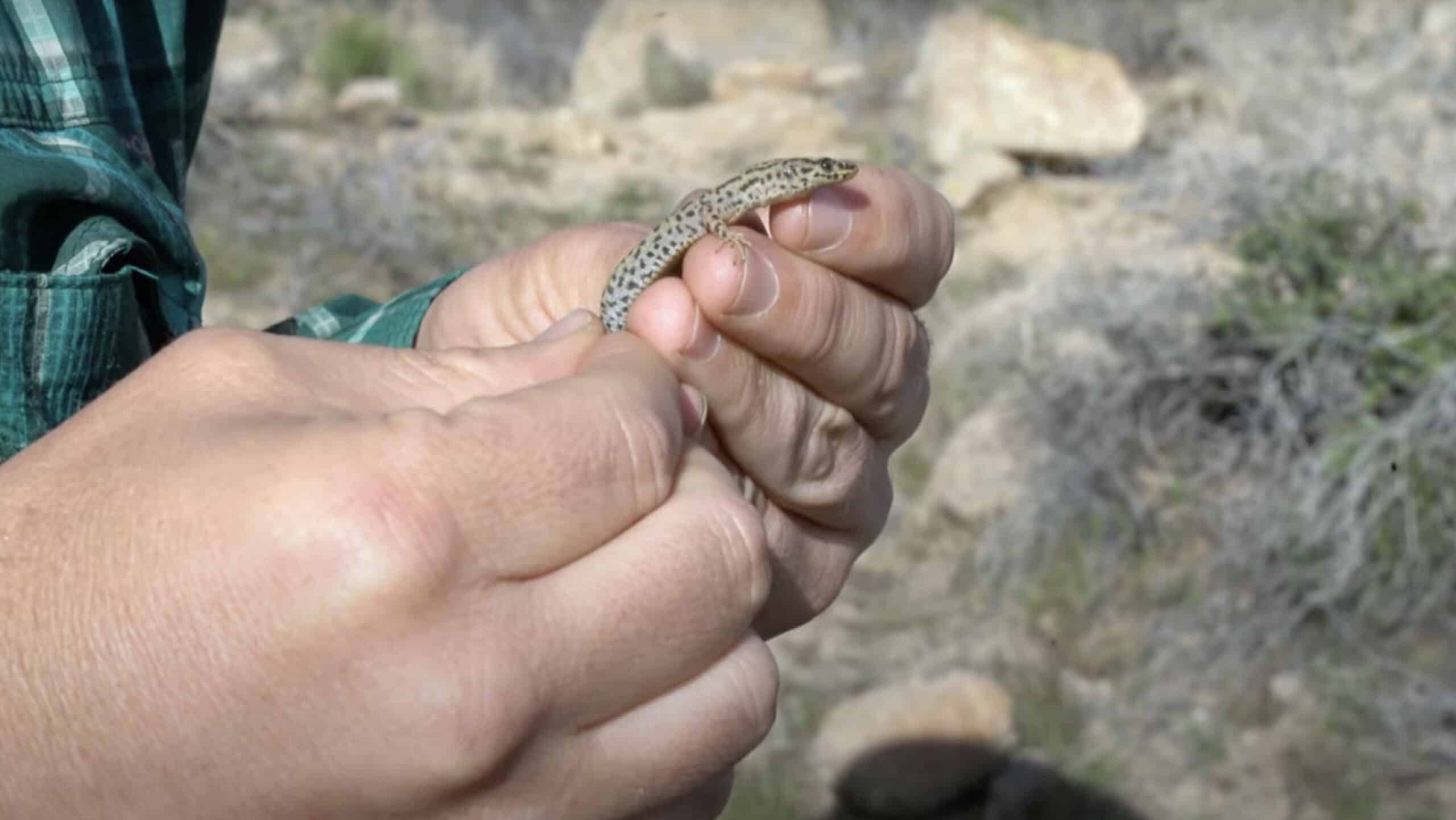Share this article
Wildlife Featured in this article
- Brown anole
- Northern curly-tailed lizard
Predation by lizards affects resource movement
Anoles redistribute oceanic carbon on land when larger predators are absent
Curly-tailed lizards are eating smaller anoles that play a key role in distributing resources from the ocean to the land.
As organisms that evolved in oceans over eons began to slowly move onto land, they took organic material with them. While researchers may understand this concept on a broad level, they have less information on the specific role species like lizards play in redistributing oceanic material to land. These materials are important sources of fertilizer for plants and connect land and marine ecosystems.
Oriol Lapiedra, a principal investigator with the Ecological and Forestry Applications Research Center (CREAF) in Spain, had been studying Cuban brown anole (Anolis sagrei) behavior for quite some time. While invasive in Florida, these lizards are native nearby in the Bahamas. They often eat small crustaceans found on seaweed that washes up on the beaches, as well as amphipods and isopods that eat the rotting vegetation. Northern curly-tailed lizards (Leiocephalus carinatus) also live in the Bahamas and prey on anoles.
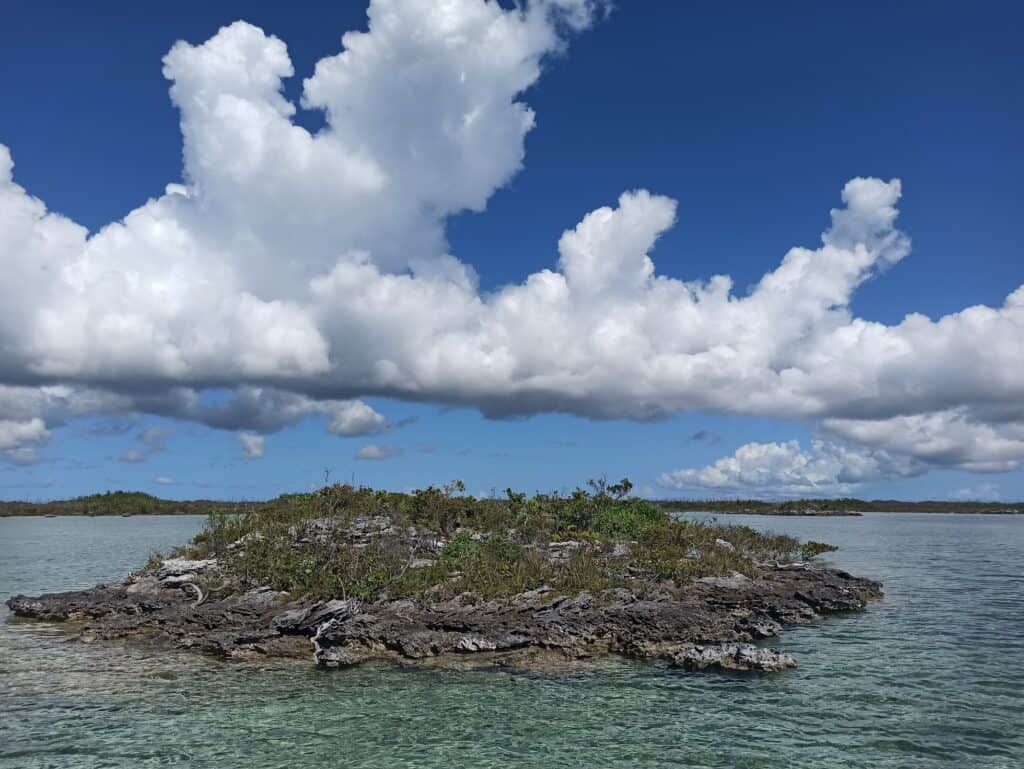
Anole populations are often in flux due to large tropical storms that blow entire populations of them off of small islets. Lapiedra has been interested in how the behavior of the surviving lizards might change with the presence or absence of predators.
Lapiedra observed that “on the islands with curly-tails, you don’t find [anoles] on the ground.” But he wanted to test this empirically.
On a series of eight islets off the coast of the larger Great Abaco Island in the Bahamas, Lapiedra and his colleagues experimentally reintroduced brown anoles in 2016, as detailed in a study published recently in Ecology Letters. The researchers implanted small identification tags about the size of a grain of rice under the skin of the anoles.
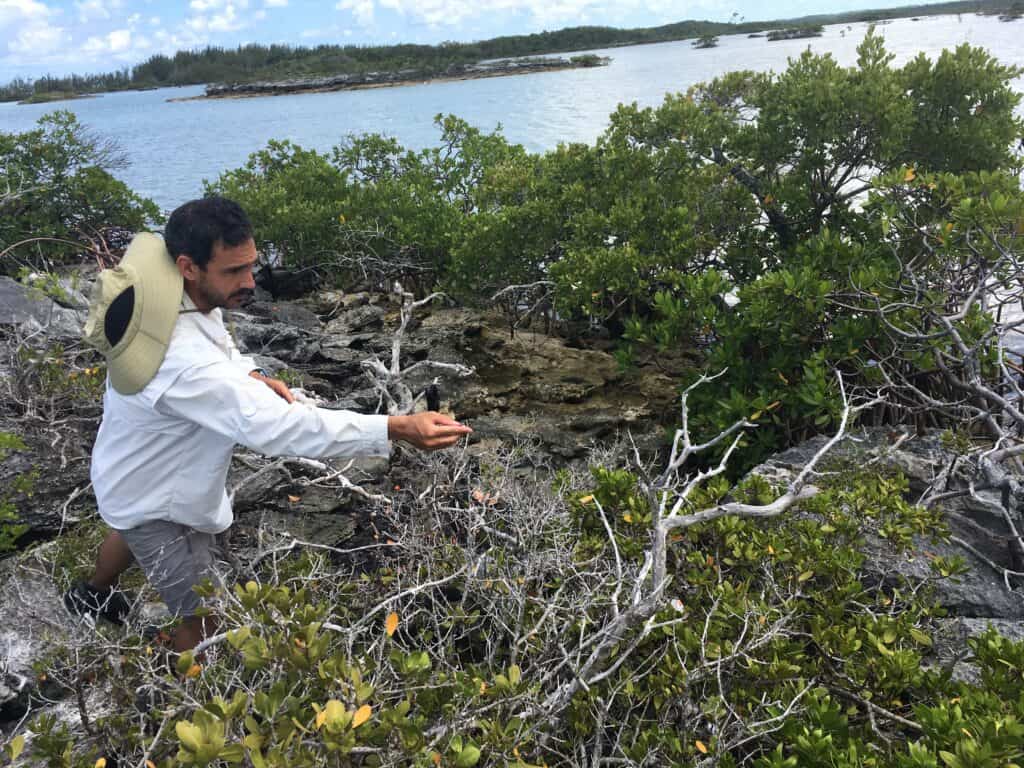
A week later, the team released northern curly-tails on half of the islets—one for every 12 anoles, leaving the others as controls.
The team returned a year later to examine the anoles that were left on the island, as well as their offspring. After capturing the anoles, the researchers measured their body mass as well as the height of their perches. They also clipped a small portion of their tails to analyze the stable isotopes that would help determine the lizards’ diet.
The behavior of the persecuted
The team found that the diet of the anoles was different on islets with curly-tails compared to those without them. Ocean-based vegetation, like seaweed, has different carbon isotope signatures than land-based vegetation. The isotope analysis revealed that the anoles without the lizard predators ate more arthropods that fed on seaweed than the anoles that lived on islets with curly-tails.
Lapiedra said this is likely because the anoles don’t want to risk traveling far on the ground to exploit the seaweed on shore when curly-tails are around. While brown anoles are semi-arboreal, typically staying in plants a few feet above the ground, they often feed on arthropod prey they spot from above. With the curly-tails around, they tend to stay higher up in the plants, eating insects and spiders they find there. Lizards that do take the risk on the ground are quickly preyed upon.
“Curly-tails are extremely fast ground predators, but they can’t do anything on vegetation,” Lapiedra said.
The perch data correlated with this theory—anoles on the islets with predators were typically found higher up in the vegetation than the islets without them.
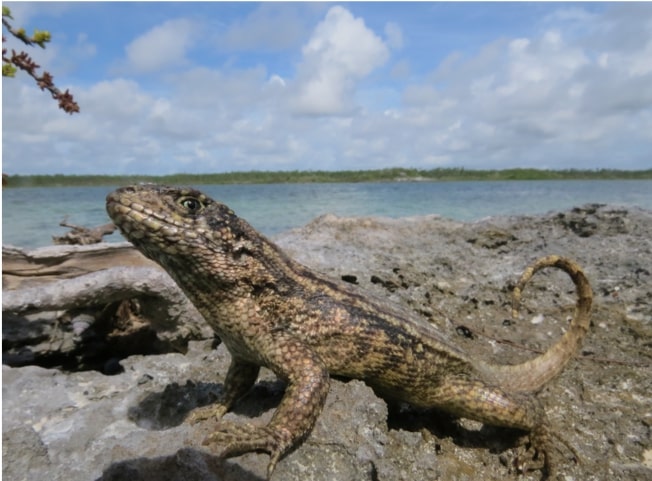
The body condition of anoles was generally poorer on islets with curly-tails as well. But some anoles still seemed to risk getting eaten to get to the resource-rich seaweed. Lapiedra’s analysis found that females that took the risk seemed to reap the rewards—they had better body conditions than those on the same islands that fed on prey higher up in the bushes and trees. Females may also be more vulnerable to predation as they lay eggs on the ground.
Lapiedra said that the difference in anole behavior on these two islands likely has a trickle-down effect on the ecosystems there.
The presence of curly-tails may benefit plants, for example. By keeping anoles in trees, they are forced to eat more arthropods that may feed on these plants. As a result, plants may grow faster without arthropods to eat them. At the same time, anoles on islands without curly-tails may transfer more marine-based resources by eating arthropods close to the shore and depositing them through their waste deeper inland.
Header Image: Brown anoles are semi-arboreal. Credit: Oriol Lapiedra



